In 2006, both the best and worst possible thing happened to SAW all at once when James Wan and Leigh Whannell definitively killed off John Kramer (Tobin Bell), the diabolical “Jigsaw Killer” behind the franchise’s ultra-gory, moralistic mayhem, and his apprentice Amanda Young (Shawnee Smith), who was deemed unfit to carry on his legacy at the end of the third film. It was a commendable move if only because it dared to conclude a complete, intricate story, something of a rarity in a genre that routinely churns out sequels just to keep milking a cash cow for the sake of it. Had SAW III been the final entry in the series, that hypothetical trilogy would likely be much more highly regarded among fans and critics. Instead, SAW III proved to be the most profitable entry to date, thus ensuring Lionsgate would keep grinding blood from this stone until it dried up.
Still, this wasn’t an altogether terrible fate: With both Jigsaw and Amanda out of the picture, the series had to creatively work its way out of that corner. And for about three movies, it worked as SAW weaved through the past and the present, spinning an elaborate web of deceit and retribution, all while deepening our understanding of the madman at its center. By THE FINAL CHAPTER, however, it was obvious that the series had nowhere further to go, and it went out in a blaze of fan-service glory, capping a horror franchise unlike any other. A pair of attempts to revive the franchise only confirmed as much, as both JIGSAW and SPIRAL struggled to move the story forward in a meaningful, compelling way, with the former proving to simply be too absurd even by this franchise’s standards and the latter suffering from a distinct lack of Jigsaw himself.
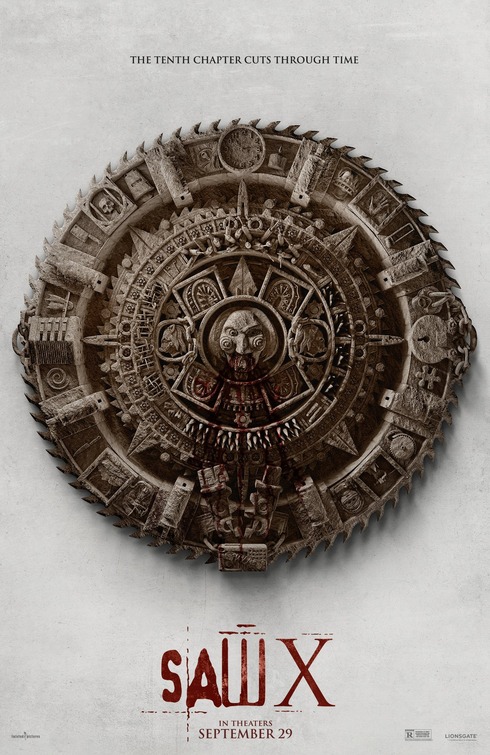
It should come as no surprise then that SAW X isn’t the least bit preoccupied with moving the story forward; instead, it casts a nostalgic gaze to the past, summoning John and Amanda from the mists of memory for a “lost” chapter of sorts, providing the series with both a victory lap and a peek into an alternate universe where SAW took a more obvious, conventional route. For better and for worse, this tenth entry allows us to see what it would have looked like if Lionsgate had simply served up the continuing adventures of John Kramer and Amanda Young.
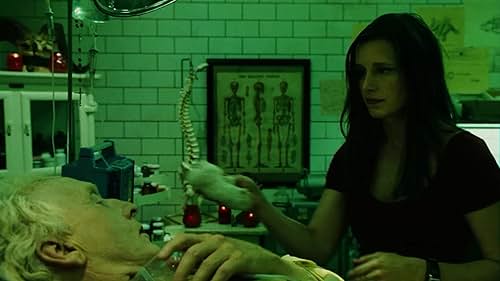
Set between the events of the first and second films, it finds John still coming to grips with his cancer diagnosis. His prognosis is increasingly grim, and he’s turned to a support group as a therapeutic outlet for himself when he’s not providing a gruesome catharsis for his victims. When one of his fellow patients claims to have been healed by a miracle cure, he reaches out to Cecilia Pederson (Synnøve Macody Lund), whose treatments offer a unique mixture of experimental drugs and surgery. She just happens to have one spot available in her next rounds of treatments and invites John down to Mexico, where we’re treated to a SAW film like no other as he embarks on a sentimental journey of recovery and hope. If not for a gnarly, eye-popping fantasy John has about torturing an orderly he catches stealing, it’d be easy to forget we’re watching the tenth entry in a long-running series that inspired its detractors to label it “torture porn.” If you had told me nineteen years ago that I’d one day be settling in to watch SAW X, I probably would have believed you. I probably would not have expected forty minutes of it to be the dramatic story of a man desperately trying to survive cancer. I probably would have made a lame joke about it being set in space, though.
Soon enough, though, John discovers the heartbreaking truth: Pederson’s entire operation is a grift she routinely perpetrates with local accomplices before moving on to another set of marks. She’s obviously fucked with the wrong man this time, though, as John places a call to a certain detective to help him locatePederson and her associates before he and Amanda capture them and subject him to their most personal game to date. According to John, it’s not retribution — it’s a reawakening, a line of dialogue that also captures what SAW X is up to. This is not a sequel that’s meant to right the wrongs of the past few sequels and act as a course correction; rather, it’s a nostalgic conjuring that recaptures a glimmer of the franchise’s glory days. In a lot of ways, it feels like regaining a phantom limb that’s been aching for over a decade, even if it only lasts for two hours (by far the longest runtime for a SAW film so far).
Because let’s be real about what SAW X is: it’s an encore performance that allows Bell, Smith, and returning director Kevin Greutert to take a final bow and receive their well-deserved, gore-soaked flowers. It doesn’t advance the overall narrative forward, nor does it throw any curveballs into the franchise’s mythology by uncovering some revelatory secret. In the grand scheme of the entire saga, it’s not entirely consequential from a plot standpoint, so it’s like JIGSAW and SPIRAL in that respect: that tangled knot of the first seven films remains intact, leaving this particular thread to dangle in the ether, kind of like an annual issue of a comic book that features a story disconnected from the main arc.
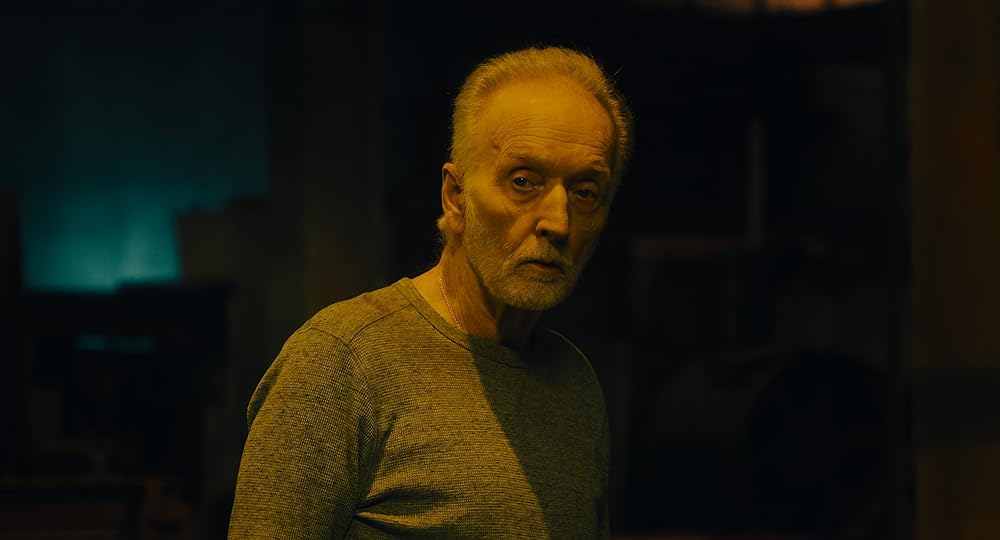
SAW X does, however, deepen the mythology from a character standpoint by granting us more time with John than ever before. Despite driving the action of the entire franchise, no film has made him the explicit protagonist as this one does. If I had to guess, he has as much screen time here as he had in his past few appearances combined, and Bell makes the most of it. Jigsaw has always been one of the more fascinating horror icons, and, like so many of his brethren, he’s evolved with each passing appearance. Following his enigmatic presence in the first film, he became something of an antagonistic shitheel in SAW II before the later films fashioned him into a tragic avenger driven not only by his cancer diagnosis but the death of his unborn son.
By the end of the saga, he’d become a full-on vigilante hero, dispensing justice from beyond the grave and ensuring that his legacy wasn’t perverted by rogue accomplices. It’s arguably the wildest character arc of any long-running horror fiend because Bell shaped an enigma into a compelling, human character whose virtues and foibles became the bedrock of the series following Jigsaw’s demise. By the end of THE FINAL CHAPTER, there was no denying the franchise’s insistence on his righteousness: after all, those past few movies manipulated the audience into sympathizing with a total lunatic responsible for nearly a decade’s worth of death and mutilation. Far from your run-of-the-mill serial killer, Jigsaw became a prophet spreading a demented gospel, bringing former victims, accomplices, and even the audience under his sway.
As such, SAW X could only work now because it doubles down on this insistence on John’s martyrdom. He’s as saintly as ever here, to the point where you can almost forget this guy recently chained up a couple of guys in a grungy bathroom as one of his unhinged games. Bell’s soft eyes and raspy voice make him as sympathetic as ever, and this particular game allows him to recapture the righteous, almost evangelical fury guiding his gruesome life’s work. On its face, it’s patently absurd that we would reserve so much sympathy for this devil, but is it much different than turning a child-killer like Freddy Krueger into a pop culture icon? At this point, SAW has simply embraced the tacit understanding that underpins most long-running series: audiences are here to watch the monsters do their thing, even if they are usually vanquished by the end. SAW X indulges this dynamic, positioning its horror icon as the outright hero of the movie whose twisted worldview is validated by a clever role reversal during the climax. What this sequel lacks in narrative vitality, it makes up for with character development in its twisted adoration of a maniac, whose bizarre place in the horror icon canon is cemented by the time he and his found family stroll off into the sunset before the end credits. (Fret not: a mid-credits tag allows the film to end on a note much more befitting a SAW movie.)
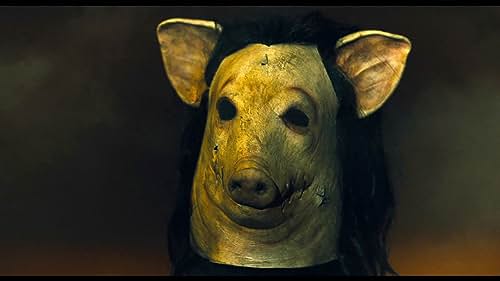
It helps that his main target this time out is among the most despicable in the franchise so far, as Pederson is an unrepentant charlatan whose eventual test feels like the film’s promised main event. This is a far cry from most of the earlier entries, which extend a measure of sympathy to John’s victims by couching the story from their perspective; SAW X, on the other hand, feels like a collection of some of the franchise’s random victims gathered into a room, where they’re subjected to their tests. While the traps don’t recapture the macabre purity of the original film’s premise, they’re also dialed back from the Rube-Goldbergian machinations of the later entries as these poor souls are subjected to self-amputation, brain surgery, and limb pulverization in a desperate attempt to survive. Like in later entries, Greutert doesn’t resort to the hyperkinetic flourishes that zip through the gory details: every incision and each broken bone is captured in agonizing fashion and will likely make even the most seasoned SAW fans a little squeamish. I especially pity anyone who has to use a Gigli saw in any personal or professional capacity. The nature of this particular game and its victims — chiefly that there’s no mystery about their transgressions—invites the audience to squirm in twisted delight in the bloodshed. Admittedly, this also robs SAW X of the energy and intrigue of the franchise’s best films, which thrive on propulsive mysteries that boil over into hair-raising climaxes that often turn them on their head.
Still, SAW X gets topsy-turvy enough with the introduction of a pair of wild cards who intrude upon the game, knocking the particulars of the outcome slightly askew. Because we know Jigsaw still has more havoc to reach following this game, his triumph is never in doubt, leaving this entry to lean heavily into his preternatural ability to predict human behavior. Even if series veterans should quickly pick up on the impending twist, it’s still rousing to behold. After all these years, the opening strains of “Hello Zepp” are still an electrifying prelude to a familiar crescendo of SAW staples: devious revelations, flashbacks (some to events that happened literally minutes earlier), and Jigsaw emerging triumphant, much to the horror of his slack-jawed victims. Playing in concert alongside other franchise reprisals — Billy the Puppet, the iconic pig mask, a certain filthy bathroom, Jigsaw’s gravelly-voiced tapes, Amanda’s doting devotion — this climax embodies the reunion tour vibe of SAW X. It’s Jigsaw and Amanda playing the hits which is exactly what you want from an encore.
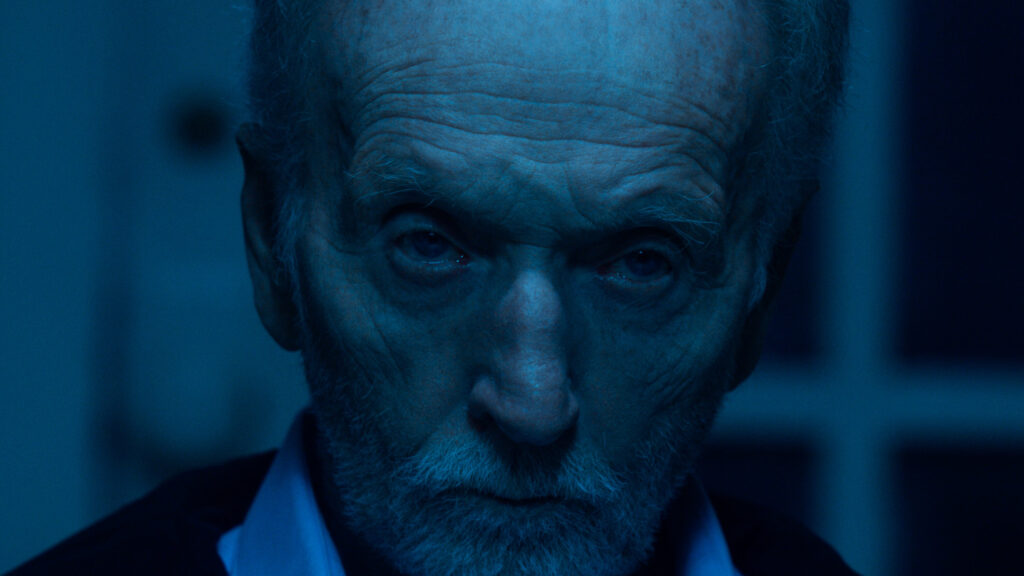
Whether or not it doubles as a curtain call remains to be seen. We’ve obviously learned to never say “never” when it comes to horror franchises continuing, especially one that has lingered on for seven movies following its main character’s death. One thing’s for certain, though: if Lionsgate does keep this crimson gravy train rolling, Tobin Bell must have a pivotal presence. SAW X indubitably proves that this is and should always be his franchise. He’s its heart and soul, which is an odd thing to say about a character whose vigilante exploits have stopped plenty of hearts and twisted many souls. Just last week, outlets reported that Trancas International is once again shopping the rights for a HALLOWEEN revival, and, like most franchise continuations, I’m all for it: I don’t think Michael Myers should ever truly die, and I hope they make HALLOWEEN movies forever. But SAW has always dared to be different — it’s always been a jagged puzzle piece that continuously defies convention, formula, and expectations. One of the franchise’s most iconic images is a slamming door, so hopefully its stewards will be bold enough to keep it shut once Bell can’t be involved.
Tags: Brett Gallman, Charlie Clouser, Costas Mandylor, Horror, James Wan, Josh Stolberg, Joshua Okamoto, Kevin Greutert, Leigh Whannell, Lionsgate Films, Mexico, Michael Beach, Nick Matthews, Paulette Hernández, Peter Goldfinger, Renata Vaca, Sequels, Shawnee Smith, Steven Brand, Synnøve Macody Lund, Tobin Bell

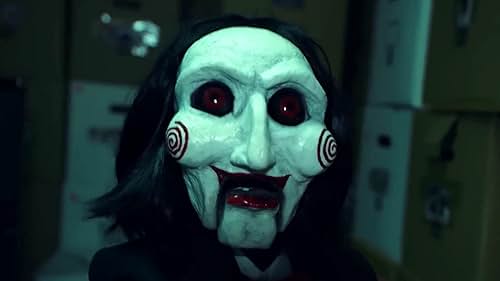

No Comments